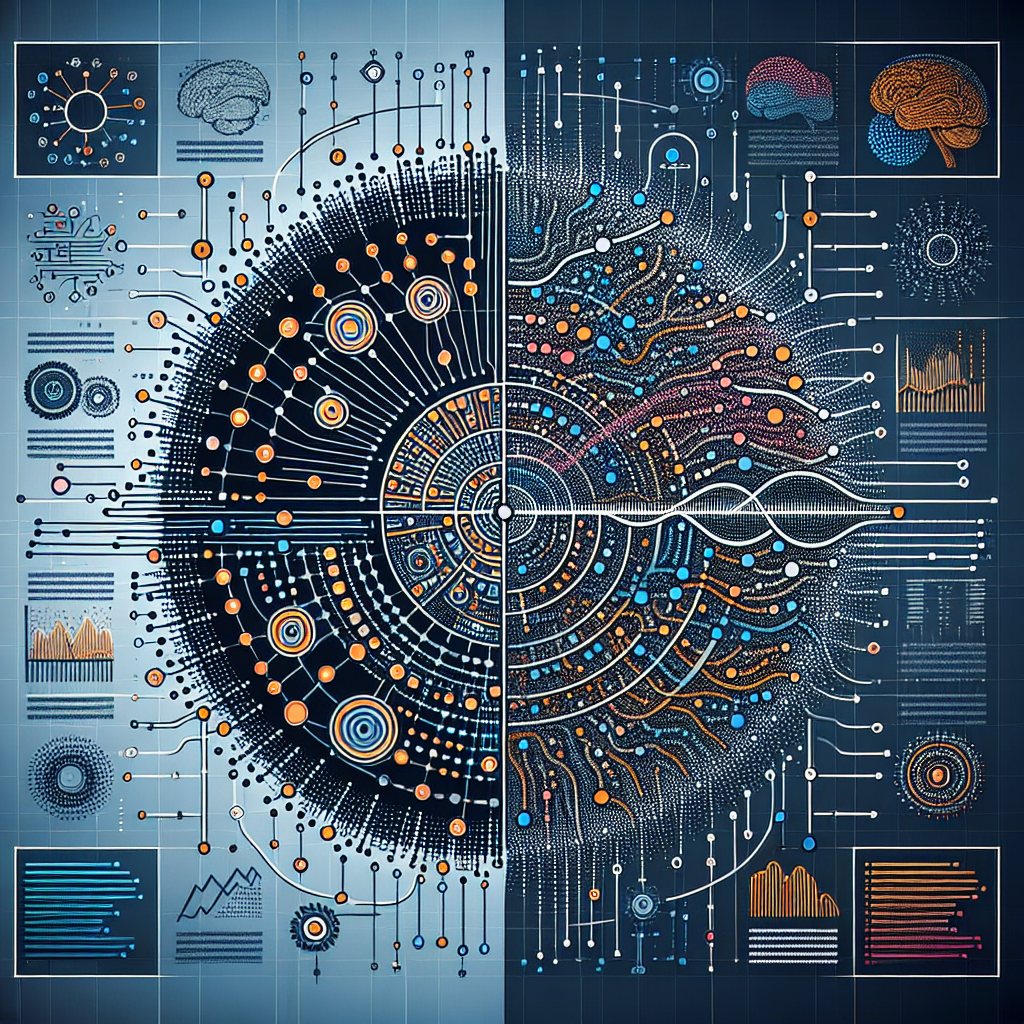Artificial Intelligence (AI) and Machine Learning (ML) are two of the most talked-about technologies in the world today. While they are often used interchangeably, there are some key differences between the two. AI is a broad field of computer science that aims to create machines that can perform tasks that typically require human intelligence. This includes tasks such as understanding language, recognizing images, and making decisions based on data.
On the other hand, Machine Learning is a subset of AI that focuses on the development of algorithms and statistical models that allow computers to improve their performance on a specific task without being explicitly programmed. In other words, Machine Learning is a method of achieving AI.
The Connection Between AI and Machine Learning
AI and Machine Learning are closely connected, as ML is one of the key tools used to achieve AI. Machine Learning algorithms are used to train AI systems to perform specific tasks, such as image recognition, natural language processing, and predictive analytics.
One of the key ways in which AI and Machine Learning are connected is through the use of data. Machine Learning algorithms require vast amounts of data to learn from, and AI systems use this data to make decisions and predictions. For example, in the case of self-driving cars, Machine Learning algorithms are used to analyze data from sensors and cameras to help the car navigate safely through traffic.
Another way in which AI and Machine Learning are connected is through the use of neural networks. Neural networks are a type of Machine Learning algorithm that is inspired by the way the human brain works. These networks consist of interconnected nodes that work together to process and analyze data. Neural networks are used in many AI applications, such as speech recognition, image classification, and game playing.
AI and Machine Learning are also connected through the use of deep learning. Deep learning is a subset of Machine Learning that uses neural networks with multiple layers to process and analyze data. Deep learning has been particularly successful in areas such as image and speech recognition, natural language processing, and autonomous driving.
FAQs
Q: What is the difference between AI and Machine Learning?
A: AI is a broad field of computer science that aims to create machines that can perform tasks that typically require human intelligence, while Machine Learning is a subset of AI that focuses on the development of algorithms and statistical models that allow computers to improve their performance on a specific task without being explicitly programmed.
Q: How are AI and Machine Learning connected?
A: AI and Machine Learning are connected through the use of data, neural networks, and deep learning. Machine Learning algorithms are used to train AI systems to perform specific tasks, such as image recognition, natural language processing, and predictive analytics.
Q: What are some examples of AI and Machine Learning applications?
A: Some examples of AI and Machine Learning applications include self-driving cars, virtual assistants like Siri and Alexa, recommendation systems like Netflix and Amazon, and fraud detection systems in banking and finance.
Q: What are the challenges of implementing AI and Machine Learning?
A: Some of the challenges of implementing AI and Machine Learning include the need for vast amounts of data, the complexity of algorithms, the lack of transparency in decision-making, and ethical concerns related to bias and privacy.
In conclusion, AI and Machine Learning are closely connected technologies that are revolutionizing the way we live and work. By harnessing the power of data, neural networks, and deep learning, AI systems are able to perform tasks and make decisions that were once thought to be exclusively human. As these technologies continue to evolve, it is important for businesses and individuals to understand the potential benefits and challenges of AI and Machine Learning in order to fully leverage their capabilities.

